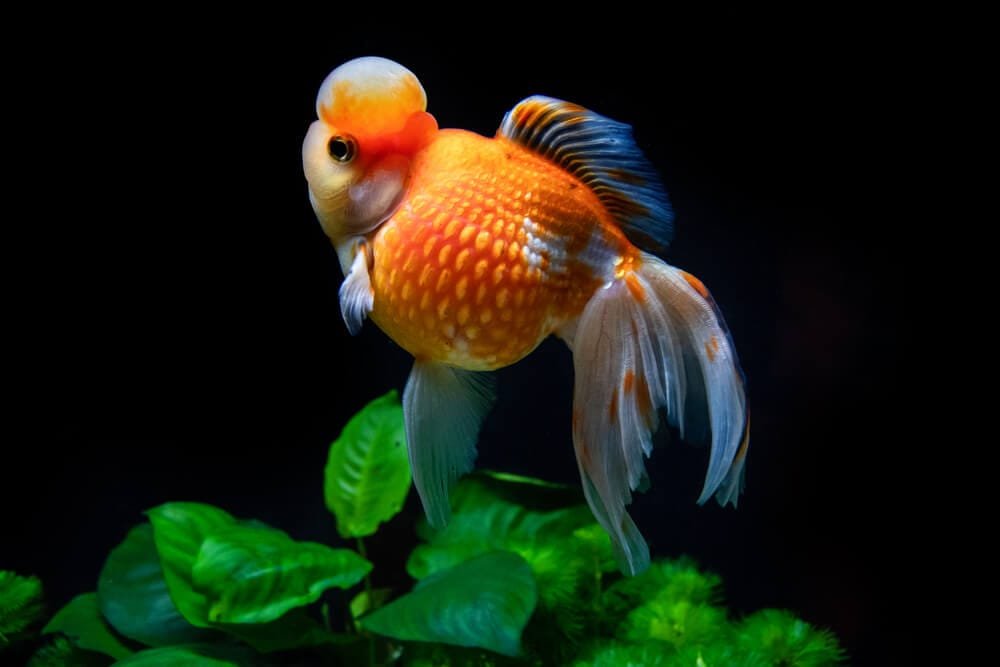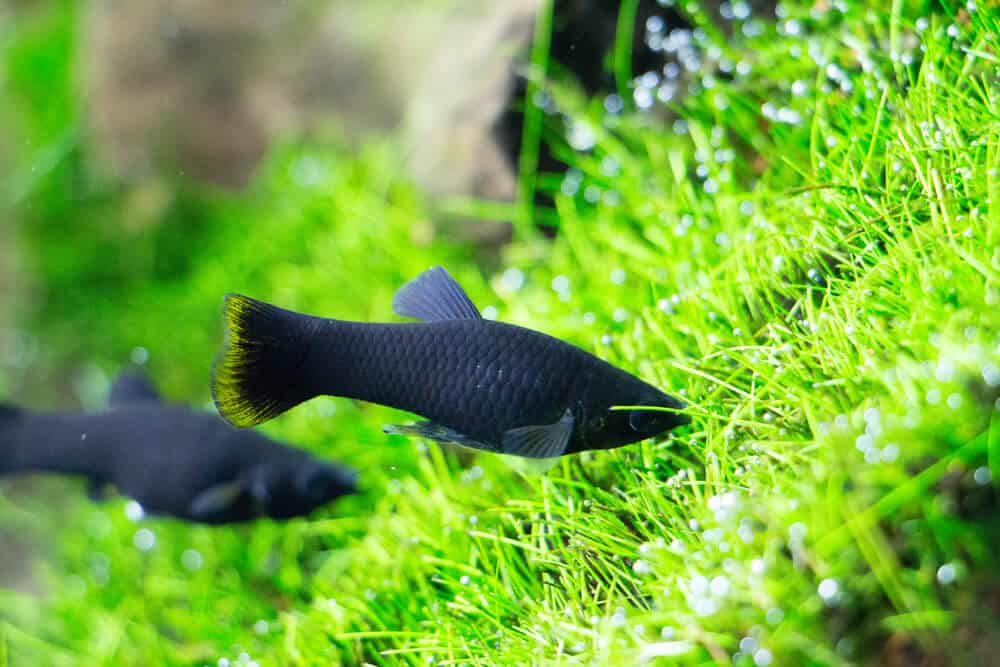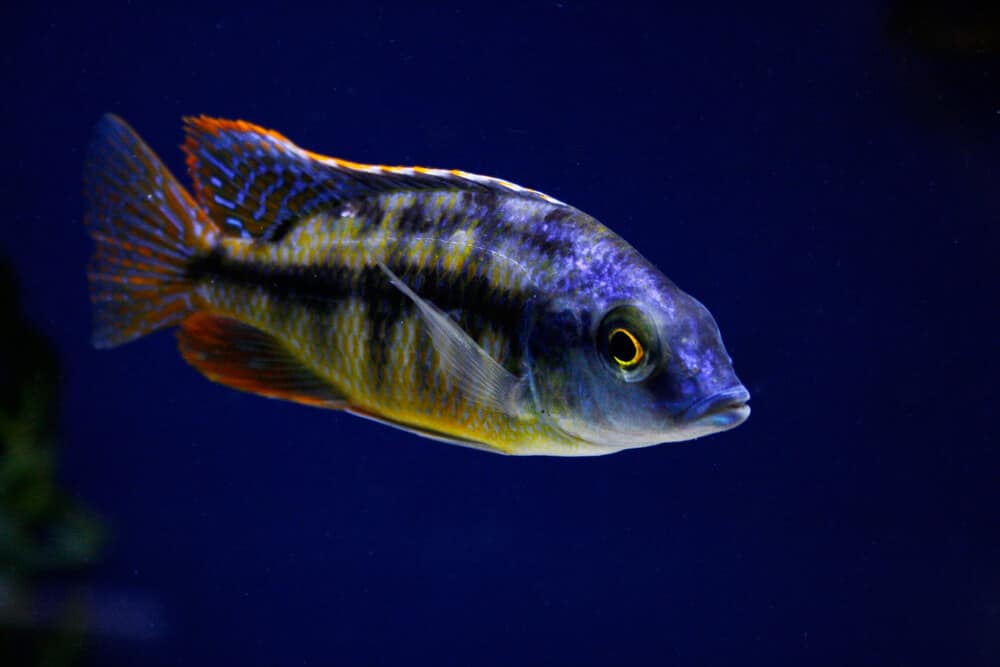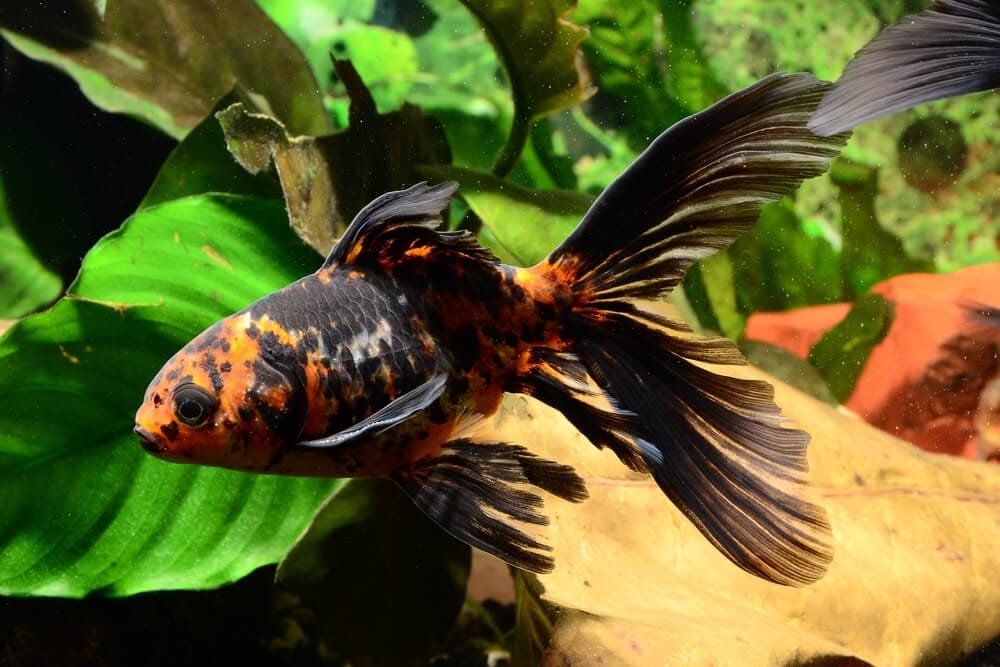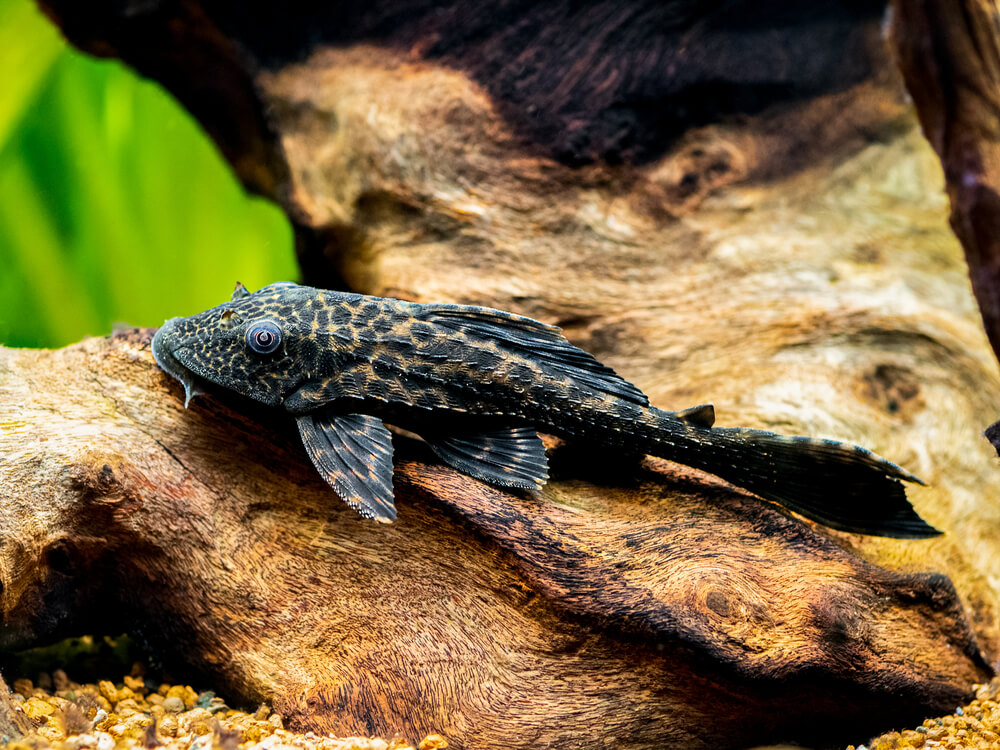Creating the Perfect Habitat for Texas Cichlid: Care Tips and Aquascape Ideas
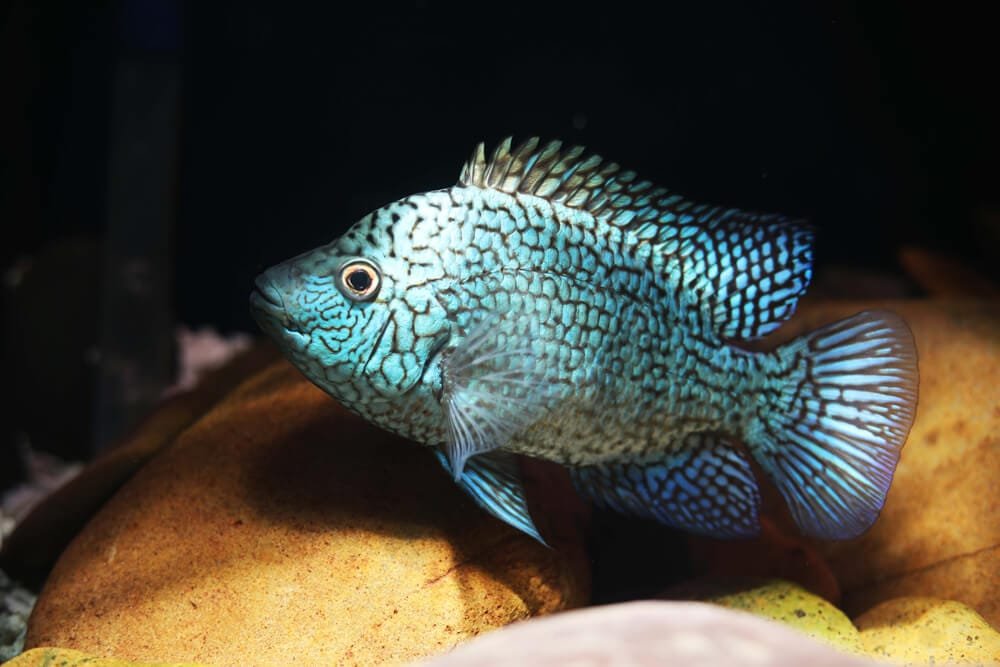
Imagine stepping into a world of vibrant colors and fascinating aquatic life. As you enter the realms of the Texas Cichlid, you are immediately captivated by its striking beauty and intricately patterned scales. This fascinating species, native to Texas and Mexico, showcases a mesmerizing combination of hues that range from fiery oranges and deep reds to electric blues and velvety blacks. With its bold personality and charismatic nature, the Texas Cichlid is sure to leave a lasting impression on anyone fortunate enough to encounter it.
Introduction
Welcome to the friendly world of the Texas Cichlid! In this article, we will guide you through everything you need to know about this beautiful fish. From its physical description to its behavior, tank requirements, feeding habits, breeding, and common health issues, we’ve got you covered. Whether you are a beginner or an experienced aquarist, learning about the Texas Cichlid will surely make you appreciate this magnificent creature even more. So, let’s dive in!
Physical Description
Body Shape
The Texas Cichlid boasts a robust and elongated body shape. It typically has a deep and laterally compressed body, which means it is wider from side to side rather than top to bottom. This unique shape allows the Texas Cichlid to navigate through water with ease and agility. With its streamlined body, this fish is as graceful as can be!
Coloration
When it comes to coloration, the Texas Cichlid takes the spotlight with its vibrant palette. Juvenile Texas Cichlids display a stunning mix of colors, ranging from vibrant blues, greens, and yellows. As they mature, their coloration transition into more deep-toned hues such as red, orange, and even black in some individuals. These intricate color patterns make the Texas Cichlid a true gem in any aquarium.
Habitat
Native Range
The Texas Cichlid, also known as Herichthys cyanoguttatus, is native to the Rio Grande drainage in Texas, Mexico, and adjacent areas. Its natural habitat includes slow-moving rivers, streams, and lakes. This fish thrives in warm waters with temperatures ranging from 75 to 82 degrees Fahrenheit. The Texas Cichlid is well-adapted to both freshwater and brackish environments, making it a versatile species.
Preferred Habitat
In the wild, the Texas Cichlid prefers rocky or sandy substrate areas with plenty of hiding spots. It tends to seek refuge in crevices, sunken logs, and submerged vegetation. Providing a similar environment in an aquarium will help replicate the natural habitat of the Texas Cichlid, making the fish feel more at home.
Behavior
Feeding
The Texas Cichlid is an omnivorous fish with a hearty appetite. In the wild, it feeds on a variety of food sources, including insects, crustaceans, and plants. In an aquarium, it is essential to provide a balanced diet that incorporates both animal and vegetable matter. High-quality pellets, flakes, frozen foods, and live foods such as brine shrimp or bloodworms are suitable options to keep your Texas Cichlid well-fed and happy.
Breeding
When it comes to breeding, the Texas Cichlid is a dedicated and protective parent. During the breeding season, males become more vibrant in coloration and develop a nuchal hump on their forehead. This hump is used to attract females and indicates their readiness to breed. Once a pair has formed, the female will lay her eggs on a carefully prepared flat surface. After fertilization, both parents will take turns guarding the eggs until they hatch. Breeding Texas Cichlids can be a fascinating and rewarding experience for dedicated aquarists.
Territoriality
The Texas Cichlid is known for its territorial nature, especially during the breeding season. It is recommended to provide ample space and hiding spots in the aquarium to help alleviate aggression. Providing territories with rocks, caves, or driftwood will give each fish a designated space, reducing conflicts and promoting a harmonious environment.
Tank Requirements
Tank Size
Due to its large size and active nature, the Texas Cichlid requires a spacious aquarium. A tank with a minimum capacity of 75 gallons is recommended, although larger tanks are even better. Providing ample swimming space will allow the Texas Cichlid to thrive and exhibit its natural behaviors freely.
Water Parameters
Maintaining optimal water parameters is crucial for the well-being of the Texas Cichlid. It prefers a slightly alkaline water with a pH ranging from 7.5 to 8.0. The water temperature should be kept between 75 and 82 degrees Fahrenheit, replicating its natural habitat. Regular water testing and partial water changes are essential to keep the water quality pristine.
Filtration
To ensure a healthy and clean environment for the Texas Cichlid, a robust filtration system is necessary. Canister filters or power filters are recommended to provide efficient mechanical, biological, and chemical filtration. Regular filter maintenance, such as cleaning or replacing filter media, is crucial to maintain optimal water quality.
Decoration
When it comes to decorating the tank for your Texas Cichlid, mimic its natural habitat by incorporating rocks, caves, and driftwood. These elements will not only provide hiding spots but also create territories and enhance the overall aesthetics of the aquarium. Substrate can consist of sand or fine gravel to replicate the riverbeds where the Texas Cichlid is commonly found. Adding live plants, such as Anubias or Java Fern, can also be a great addition as they provide additional hiding spots and oxygenation.
Compatible Tankmates
When considering tankmates for your Texas Cichlid, it is important to choose species that can coexist peacefully. Large and robust fish, such as other cichlids from Central and South America, make suitable companions. Avoid pairing the Texas Cichlid with smaller, more delicate fish as they may become targets of aggression. Researching the compatibility and temperaments of potential tankmates is crucial to ensure a harmonious community tank.
Feeding Habits
Dietary Needs
The Texas Cichlid is an opportunistic feeder, which means it will readily accept a wide range of food sources. Ensuring a balanced diet is crucial for its overall health and well-being. A high-quality pellet or flake food designed for cichlids should form the staple diet. Supplementing with frozen or live foods, such as brine shrimp, bloodworms, or chopped vegetables, will provide essential nutrients and enhance the fish’s coloration.
Feeding Schedule
Feeding your Texas Cichlid twice a day is generally sufficient. Divide the daily ration into smaller portions to prevent overfeeding and ensure that all fish have a chance to eat. Observing their feeding behavior will give you a better idea of how much food they can consume within a few minutes. Adjust the feeding schedule as needed but always strive for a balanced and varied diet.
Breeding
Breeding Behavior
The Texas Cichlid is a paternal mouthbrooder, meaning that both the male and female are actively involved in caring for the eggs and fry. During breeding, the male will exhibit territorial and aggressive behavior to protect the female and the breeding site. The female will lay her eggs on a flat surface, usually a rock, before the male fertilizes them. After fertilization, the female will gently pick up the eggs in her mouth for incubation. The male will continue to protect the female during this period.
Care for Fry
Once the fry hatch, the female will release them from her mouth. At this stage, it is essential to separate the parents from the fry, as the parents may mistake the fry for food. The fry can be fed infusoria or commercially available fry food until they are large enough to accept crushed flakes or pellet food. Giving them plenty of hiding spots, such as plants or PVC pipe sections, will provide shelter and aid in their growth and development.
Common Health Issues
Like any other fish species, the Texas Cichlid is susceptible to certain health issues. Poor water quality, improper nutrition, and stress can make them more prone to diseases. Keep a vigilant eye on their behavior, appetite, and physical appearance. Common health issues that may arise include fungal infections, bacterial infections, and parasitic infestations. Prompt action, such as water parameter adjustment, proper nutrition, and appropriate medication, can help prevent and treat these issues effectively.
Conclusion
Congratulations on becoming well-versed in the world of the Texas Cichlid! We hope this comprehensive article has provided you with valuable insights into this remarkable fish. From its physical description and behavior to its tank requirements, feeding habits, breeding, and common health issues, we covered it all. Remember to create a suitable habitat, maintain optimal water conditions, and provide a well-balanced diet for your Texas Cichlid. By doing so, you will be rewarded with a beautiful and thriving fish that will continue to capture your heart. Happy fishkeeping!
